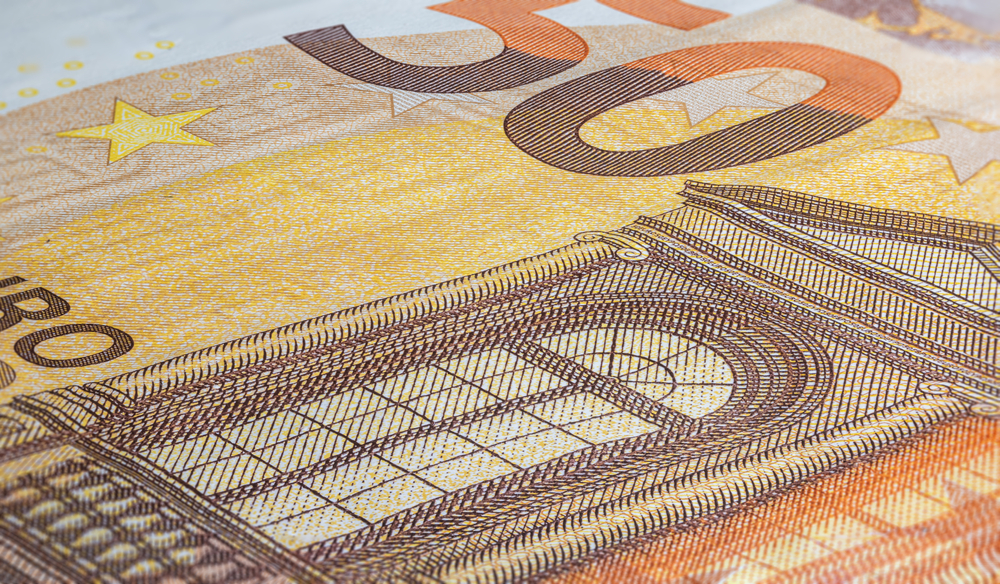Spoofers beware! Financial market researcher Marjolein Verhulst developed a way to show spoofing. She recently obtained her PhD in her research, which is based on methods used by CERN to study the behaviour of small particles.
The analogy between small particles colliding and stock market transactions may seem far-fetched. It is not, however, if you consider that in both cases, it is about big data and looking for a needle in a haystack. In particle physics, it is all about that different collision that may indicate there is an unknown particle. On the stock market, it is about an atypical transaction that may prove that someone is trying to cheat.
Fake orders
Professor of Marketing Joost Pennings saw the analogy during a tour at CERN four years ago. He acquired research funds and hired Verhulst. She focused on spoofing: placing fake orders to elevate prices. ‘The fake order is then retracted, and the trader sells his contracts against the new, higher price.’ This practice is illegal.

According to Verhulst, the essence of spoofing is that the trader has no intention to buy or sell. But how do you prove this? She used the ROOT software that CERN uses to map all the transactions on the stock market. She then applied this method of visualisation to the well-known case of JP Morgan’s manipulation. With success, spoofing became visible.
Painstaking
There was, thus, proof of principle. But insufficient for irrefutable legal proof. Verhulst: ‘I went on to analyse 204 cases of spoofing for characteristics. This yielded some 80 different markers of spoofing. It was a painstaking job.’ She selected seven decisive characteristics of spoofing.
With this framework, Verhulst analysed data from an American agricultural future market. Over 248,000 spoofing orders were revealed. ‘That may seem like a lot, but it is less than 0.17 per cent of the total. So, it was not all that much. Especially considering the criteria we had chosen, which were very strict.’ There is likely a little more cheating going on than these criteria show.
The German stock market is using my method. They have already uncovered something
Marjolein Verhulst, researcher at Wageningen Economic Research
Verhulst is unable to say how many fraudulent traders are behind the fake transactions. ‘We see only the data. The watchdogs see the names as well. Our ultimate goal was to detect market manipulation. It is up to regulators to keep the stock market safe. We developed this tool for their benefit. And they are now using it. The German stock market is using my method. They have already uncovered something. That is great.’
Preventing
Verhulst and the experts in the International Expert Group on Market Surveillance she founded are currently working on a tool for regulators. And it doesn’t end there. ‘Once you can identify manipulation, the next step is to predict and prevent it. There are circumstances that increase the likelihood of spoofing on the market.’




